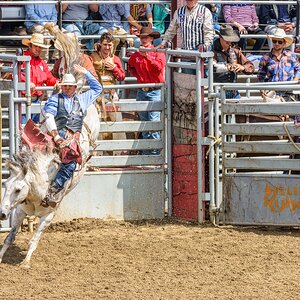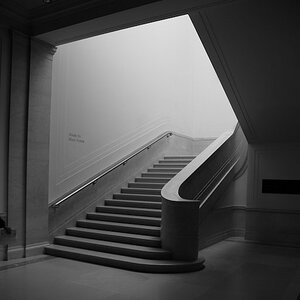Kosteniuk_Fan
TPF Noob!
- Joined
- Apr 5, 2012
- Messages
- 5
- Reaction score
- 0
- Location
- Canada
- Can others edit my Photos
- Photos OK to edit
Hello,
Yesterday the extension tubes I ordered online - lengths 31mm, 21mm, and 13mm - arrived and I attached them onto my Canon Rebel XS DSLR with the 100mm USM Macro lens I have for it.
Three issues with this
1.)
For some reason the camera I have an issue with the camera focusing. No matter what I seem to do it sometimes doesnt focus, and when I say that I mean there is no beep sound with the green-light telling me it is set, thereby meaning if I click the shutter button down it will inevitably be distorted. I change the shutter speed, the F-stop?, etc. without luck. Looking through the viewfinder, the subject looks crystal clear, but the camera doesnt focus? Other times it spontaneously focuses and I dont know why? So much of my time with the extension tubes on is spent looking through the viewfinder, changing the angle and/or the settings, focusing the lens, and nothing happens?
Why is this happening?
2.)
Most of the time the photos I take come out somewhat distorted, and I want to know why that is and how to change it. Will post an example.
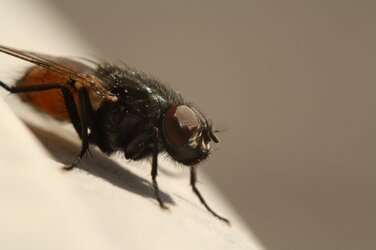
3.)
What is the deal with tripods? Macrophotography seems like a lose-lose situation to me right now. When I use a tripod it takes too long to set up and the insect will by then have flown or run away, and if I dont use the tripod I have to deal with camera shake. Any advice for this? Ive been doing it handheld because I can rest the camera or lean on something whereas the tripod seems to be a permanent handicap. Advice?
Thanks.
Yesterday the extension tubes I ordered online - lengths 31mm, 21mm, and 13mm - arrived and I attached them onto my Canon Rebel XS DSLR with the 100mm USM Macro lens I have for it.
Three issues with this
1.)
For some reason the camera I have an issue with the camera focusing. No matter what I seem to do it sometimes doesnt focus, and when I say that I mean there is no beep sound with the green-light telling me it is set, thereby meaning if I click the shutter button down it will inevitably be distorted. I change the shutter speed, the F-stop?, etc. without luck. Looking through the viewfinder, the subject looks crystal clear, but the camera doesnt focus? Other times it spontaneously focuses and I dont know why? So much of my time with the extension tubes on is spent looking through the viewfinder, changing the angle and/or the settings, focusing the lens, and nothing happens?
Why is this happening?
2.)
Most of the time the photos I take come out somewhat distorted, and I want to know why that is and how to change it. Will post an example.

3.)
What is the deal with tripods? Macrophotography seems like a lose-lose situation to me right now. When I use a tripod it takes too long to set up and the insect will by then have flown or run away, and if I dont use the tripod I have to deal with camera shake. Any advice for this? Ive been doing it handheld because I can rest the camera or lean on something whereas the tripod seems to be a permanent handicap. Advice?
Thanks.


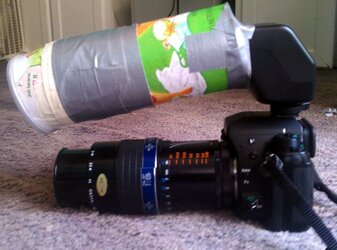
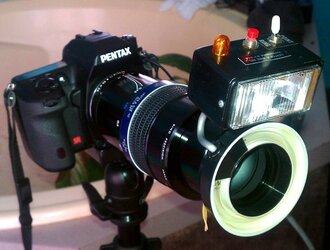

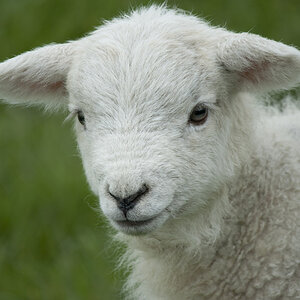
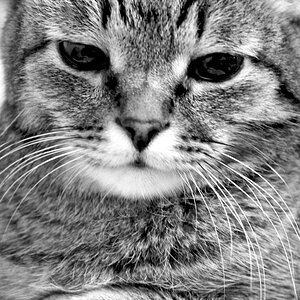
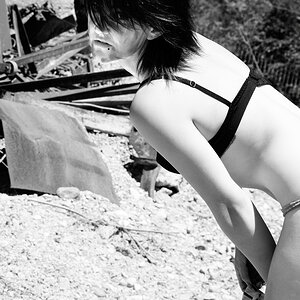
![[No title]](/data/xfmg/thumbnail/31/31708-69f4ec98ec000d4fc9a9a1cc282e8e16.jpg?1619734965)
![[No title]](/data/xfmg/thumbnail/37/37660-eb4529b6ea38a042c4e9b64866178d7b.jpg?1619738174)
![[No title]](/data/xfmg/thumbnail/37/37657-01deca3769b38b716838942ccbfce66a.jpg?1619738172)
![[No title]](/data/xfmg/thumbnail/37/37659-7302b7a4f9ae50a952748e8b395695fe.jpg?1619738174)
